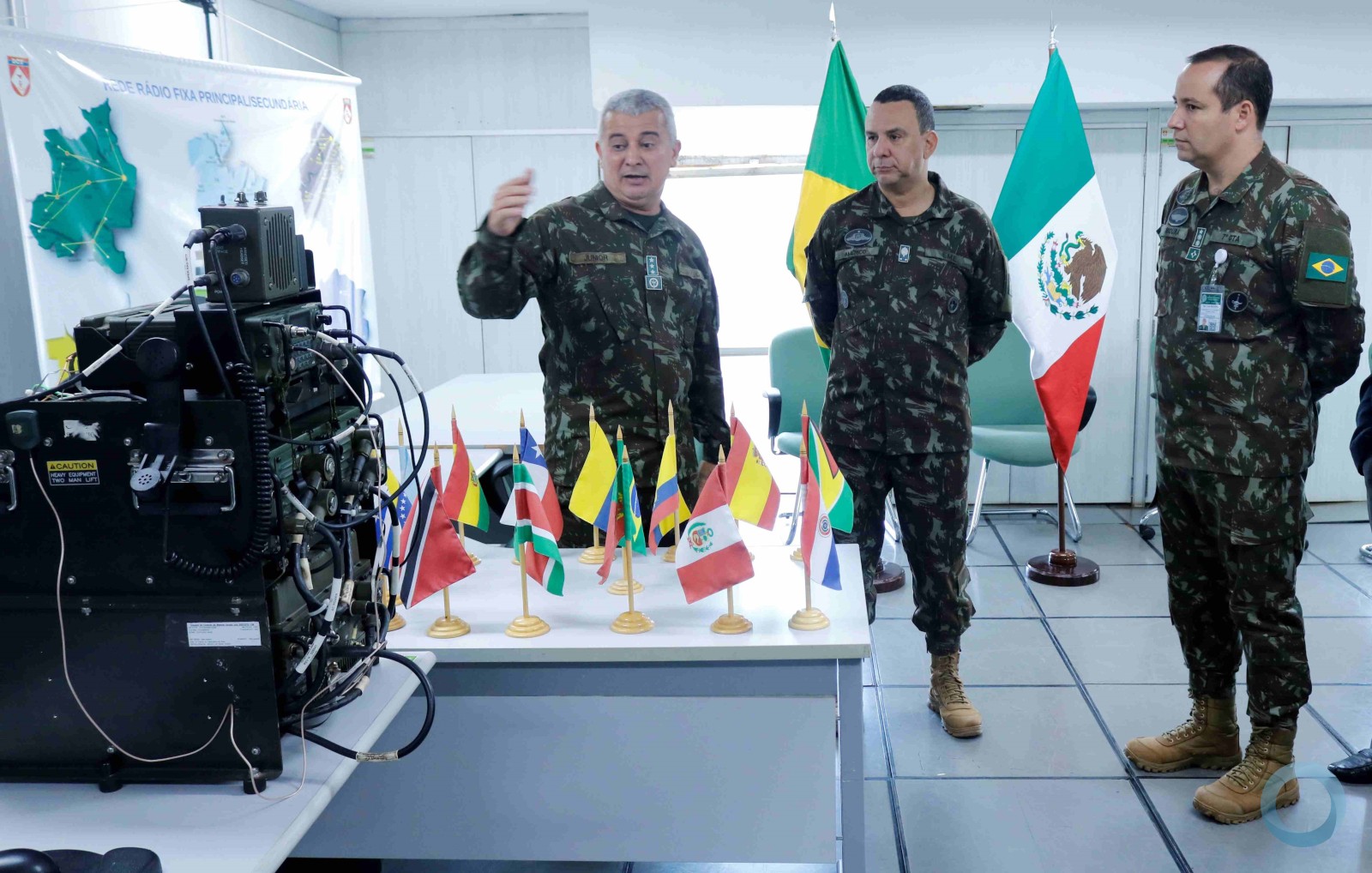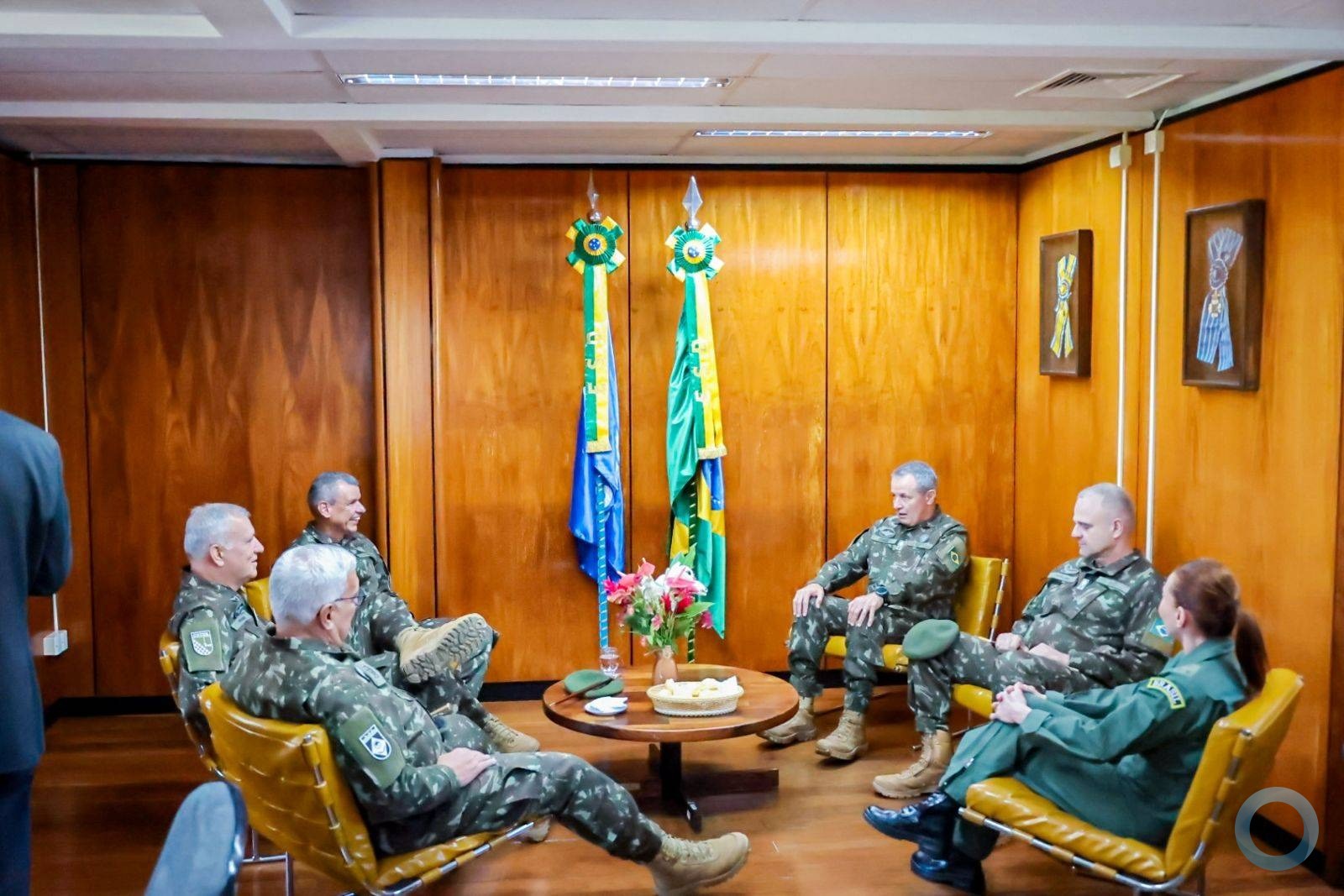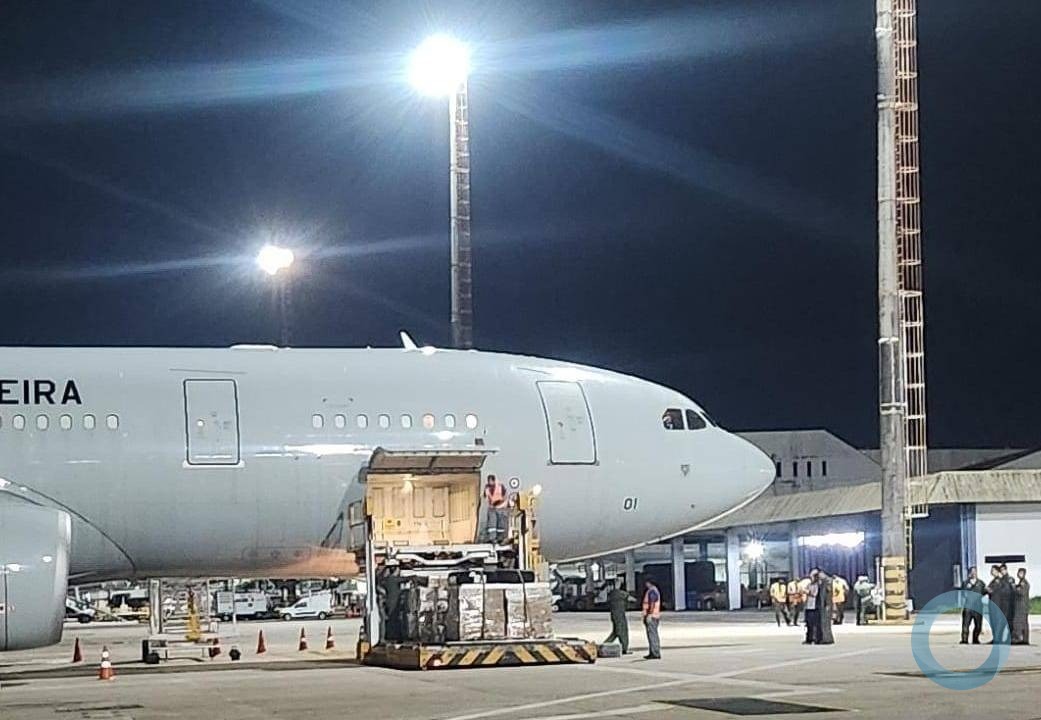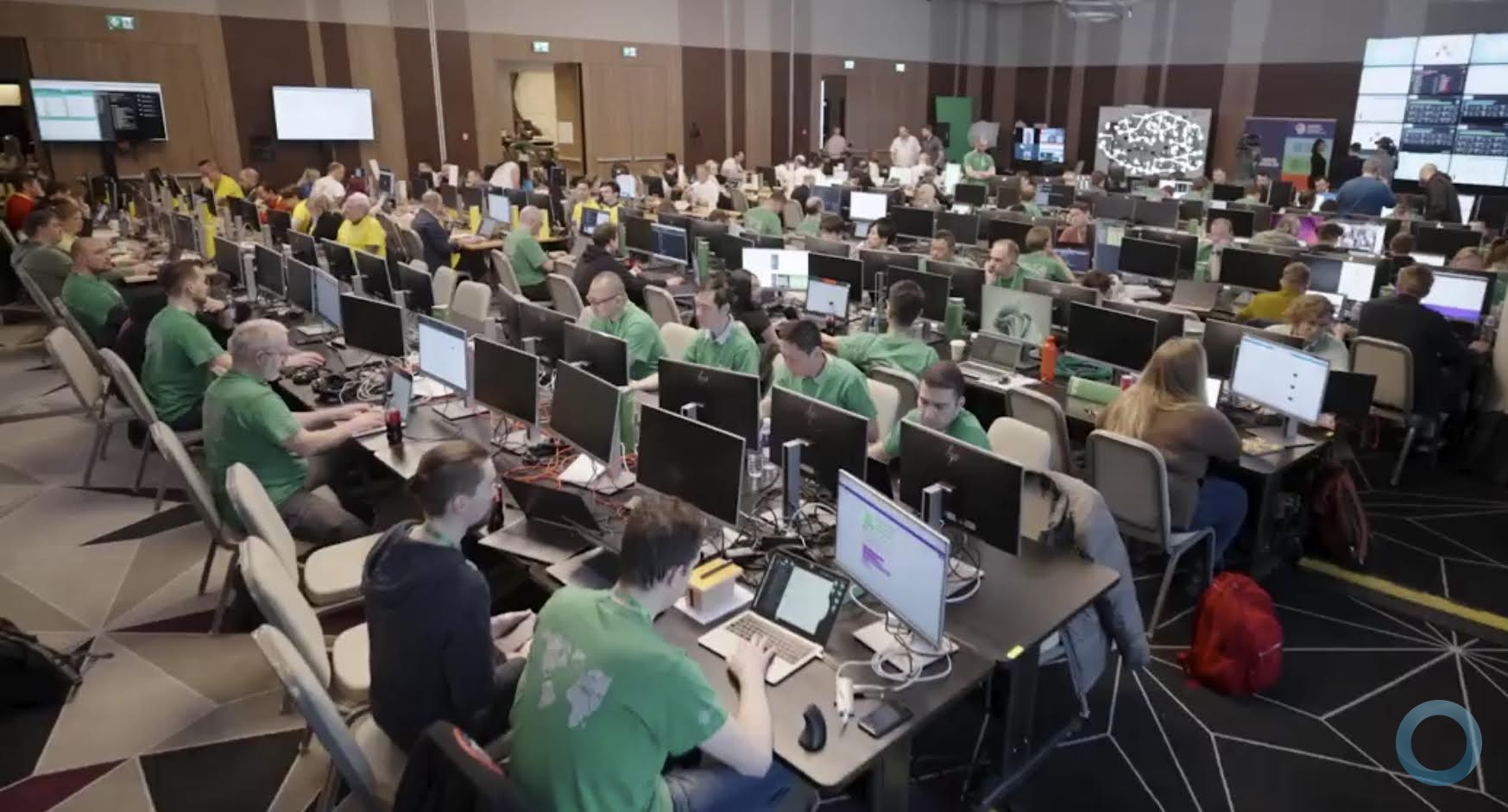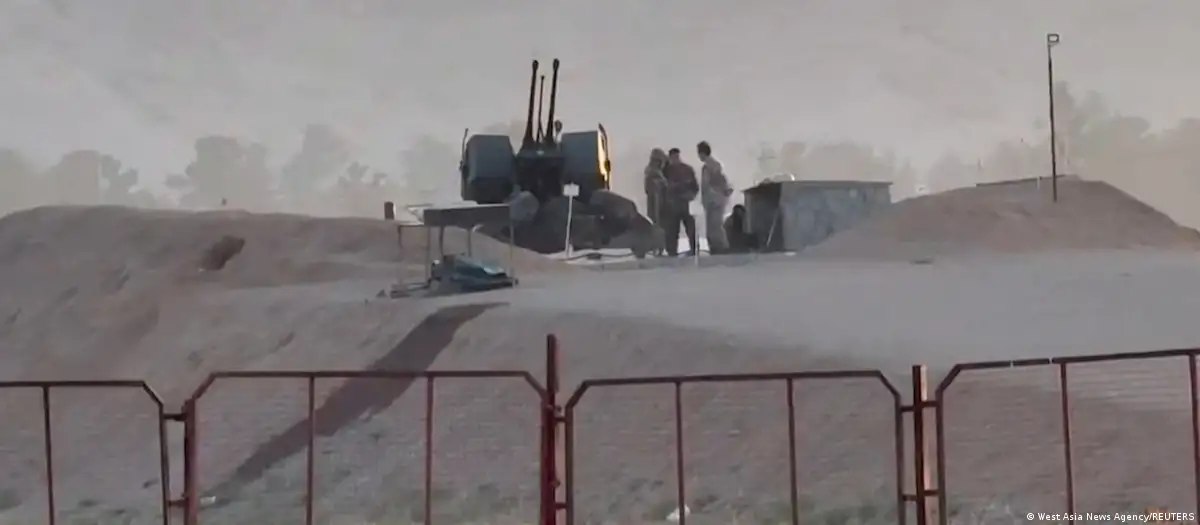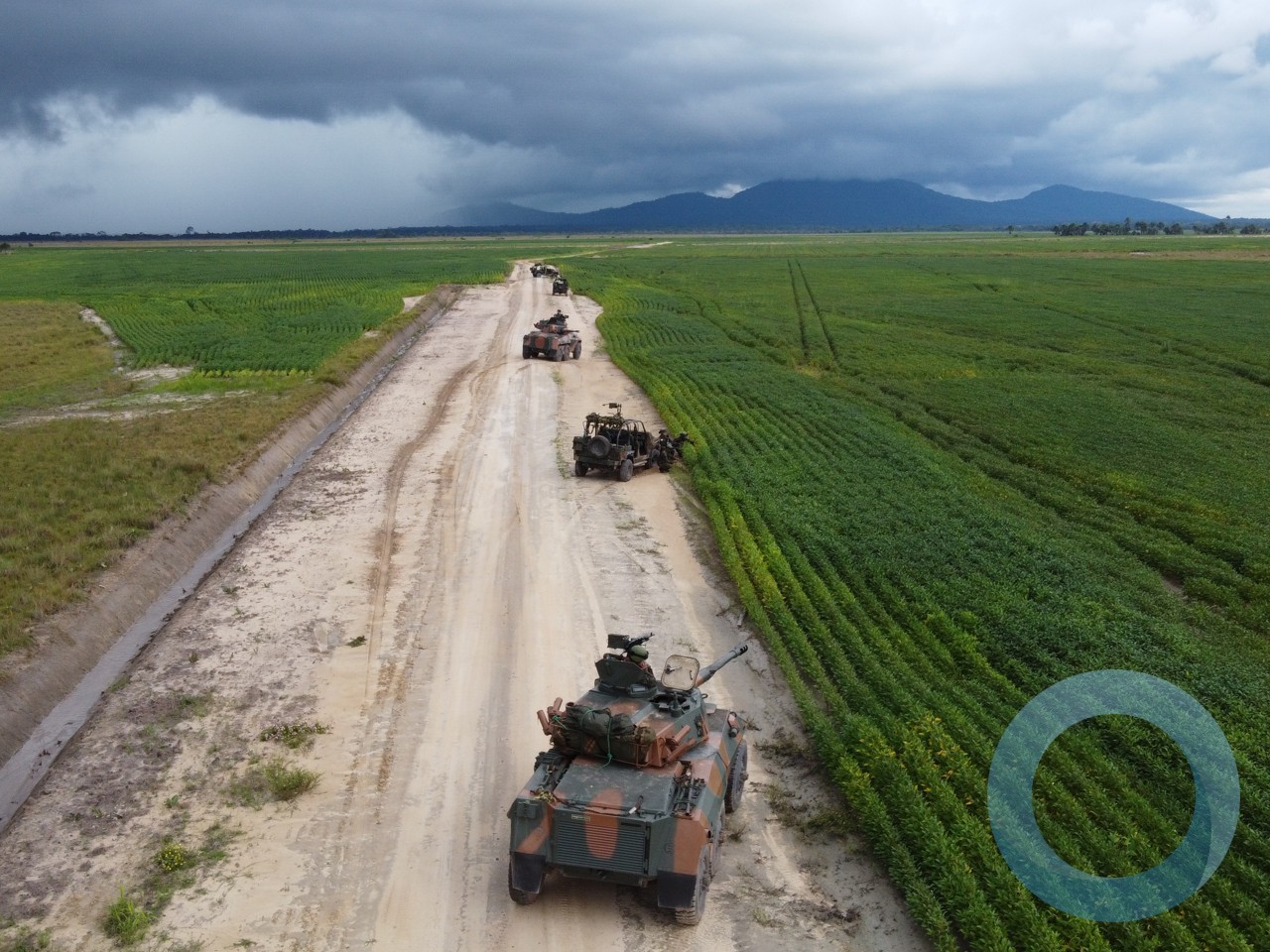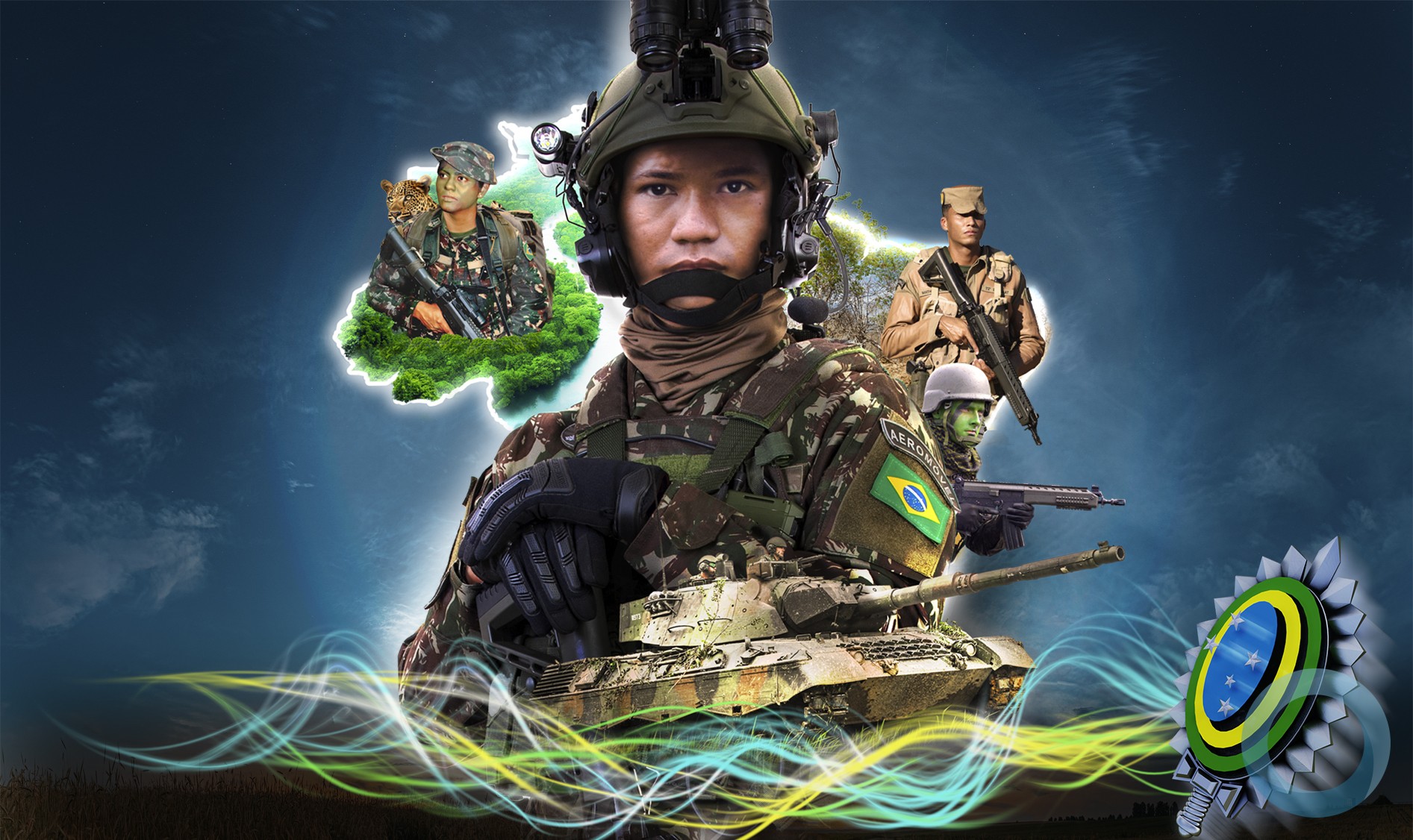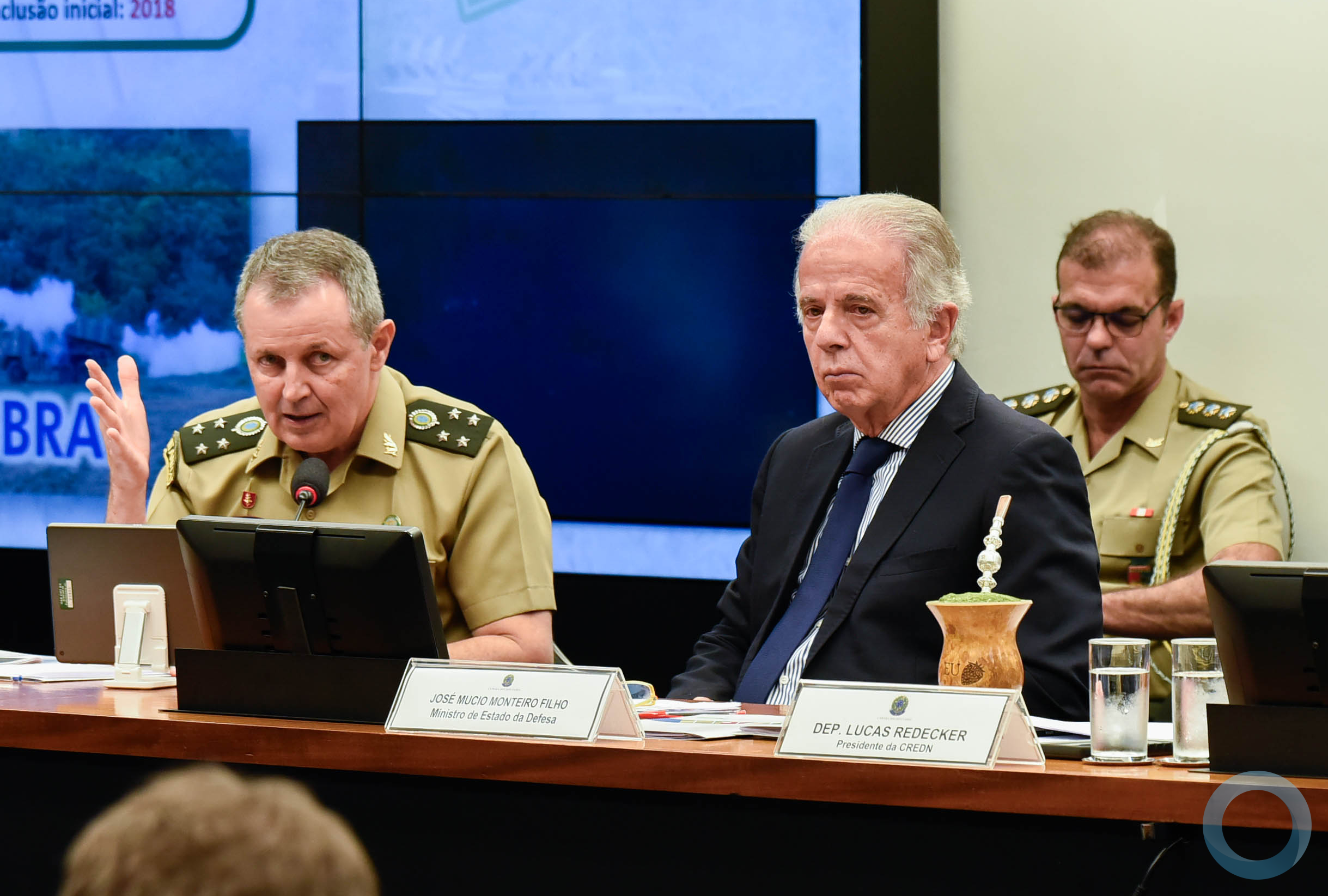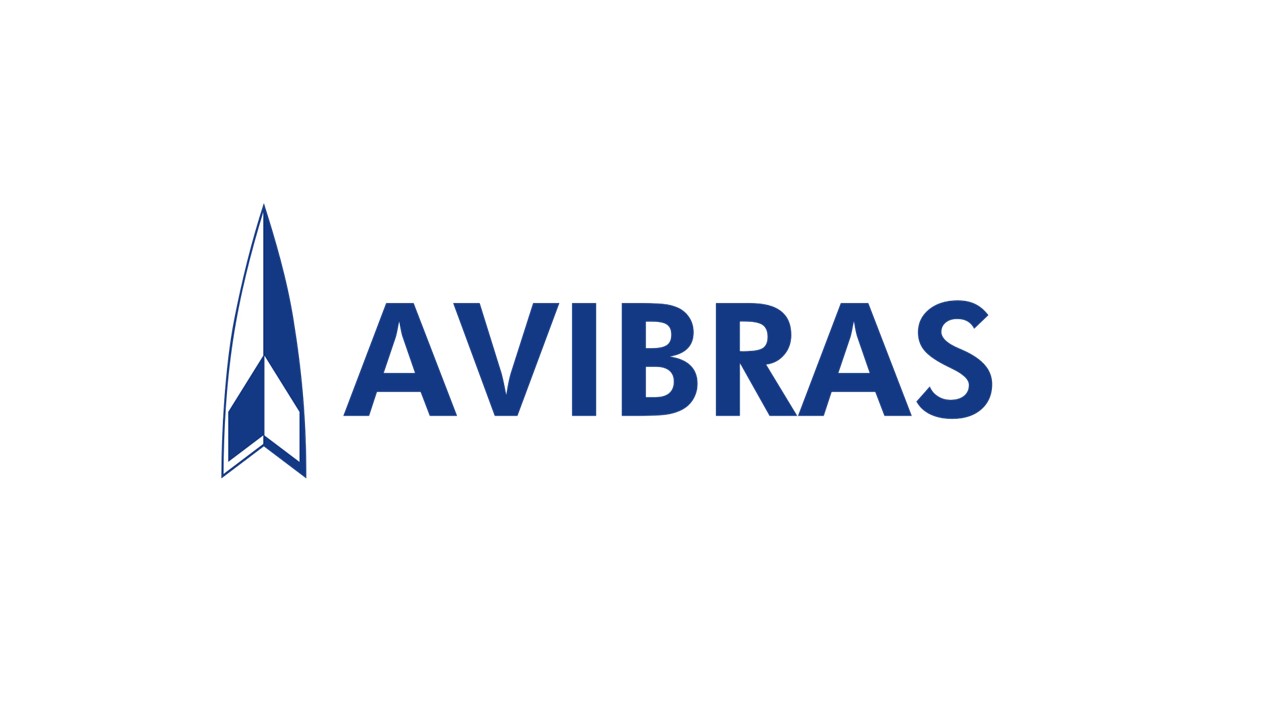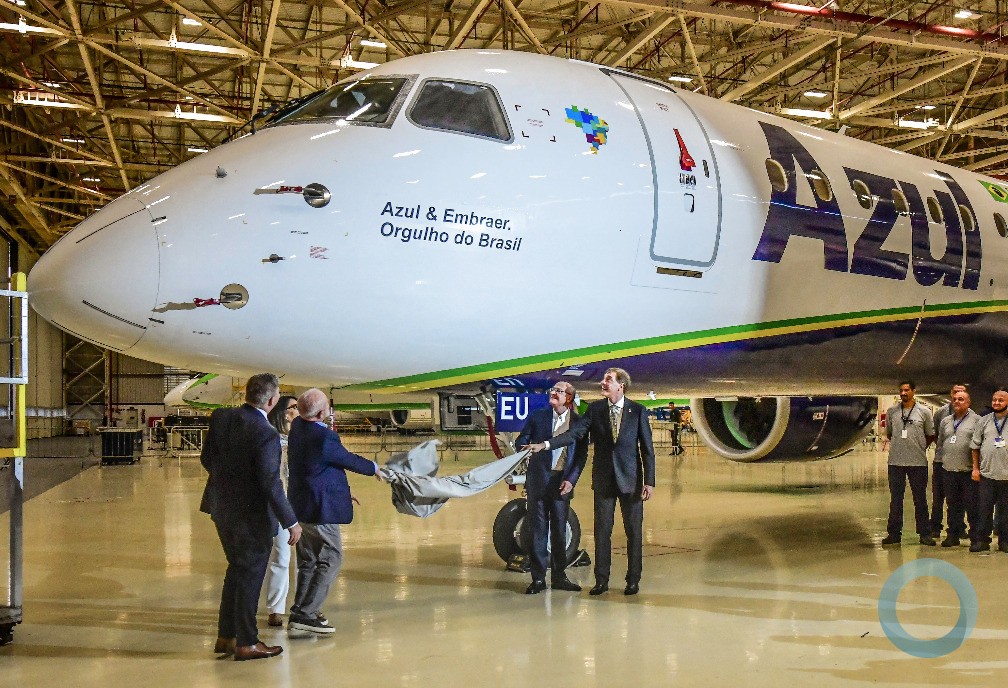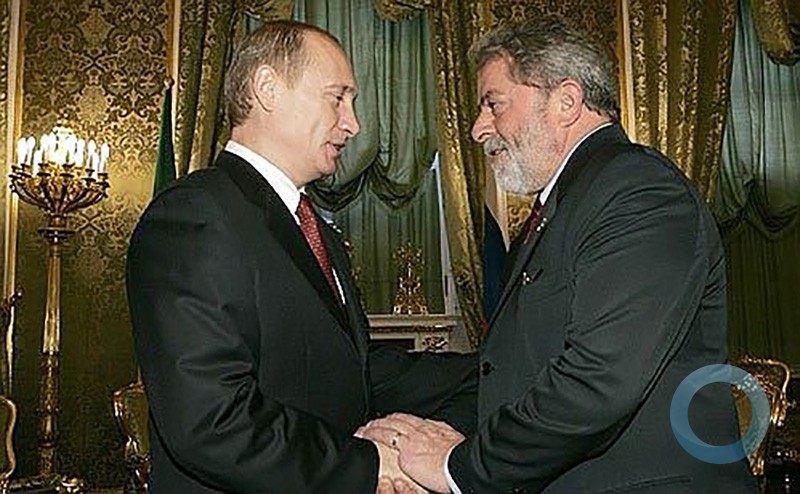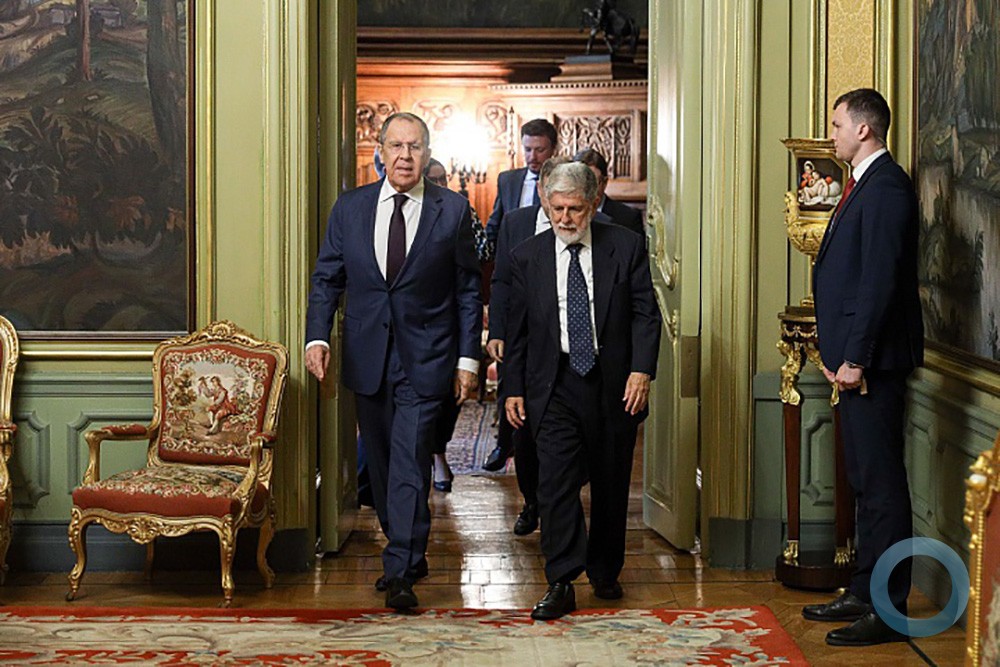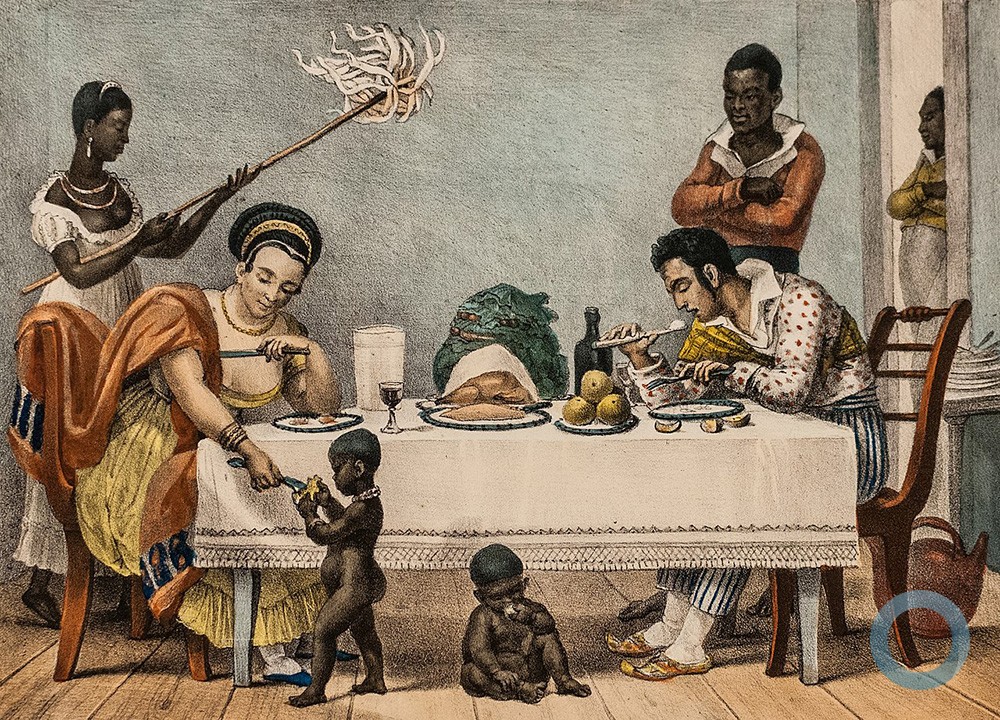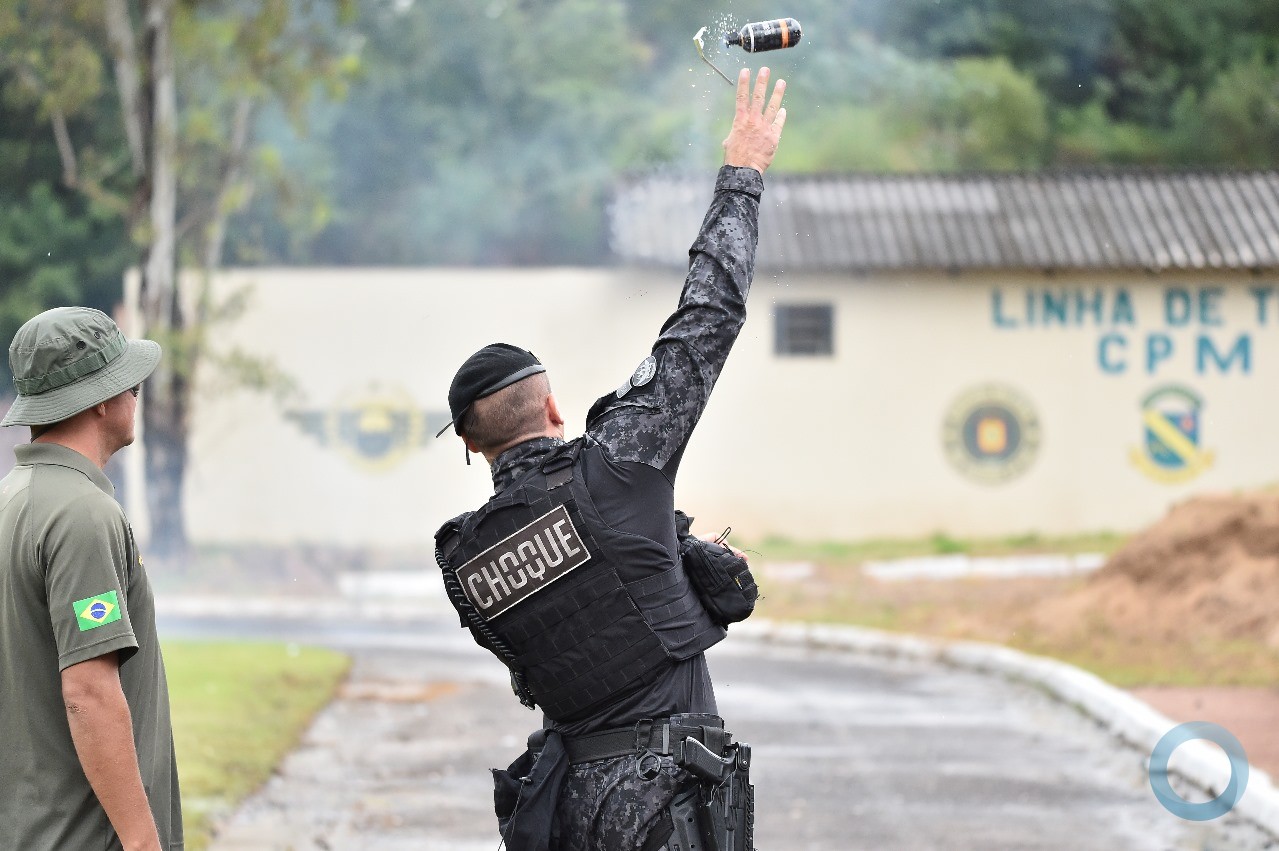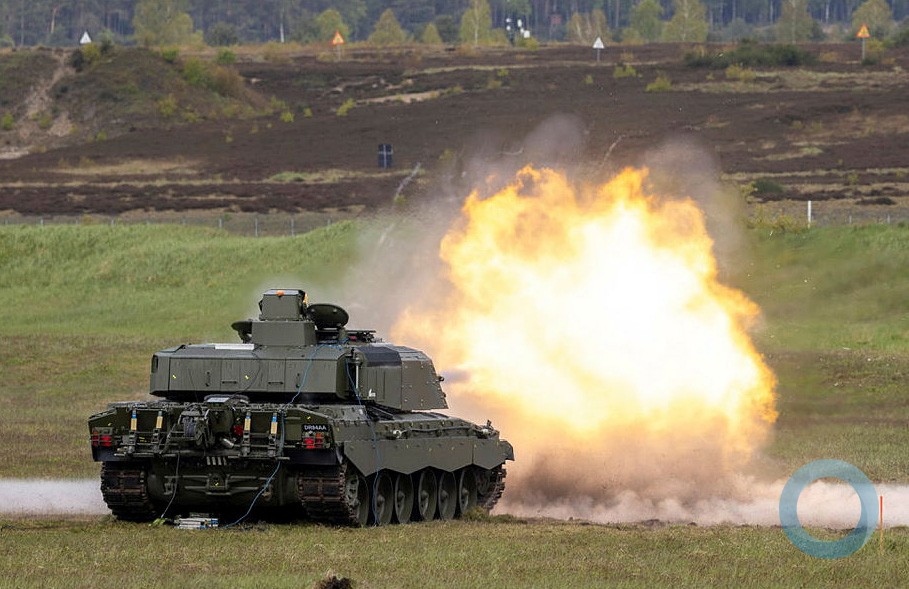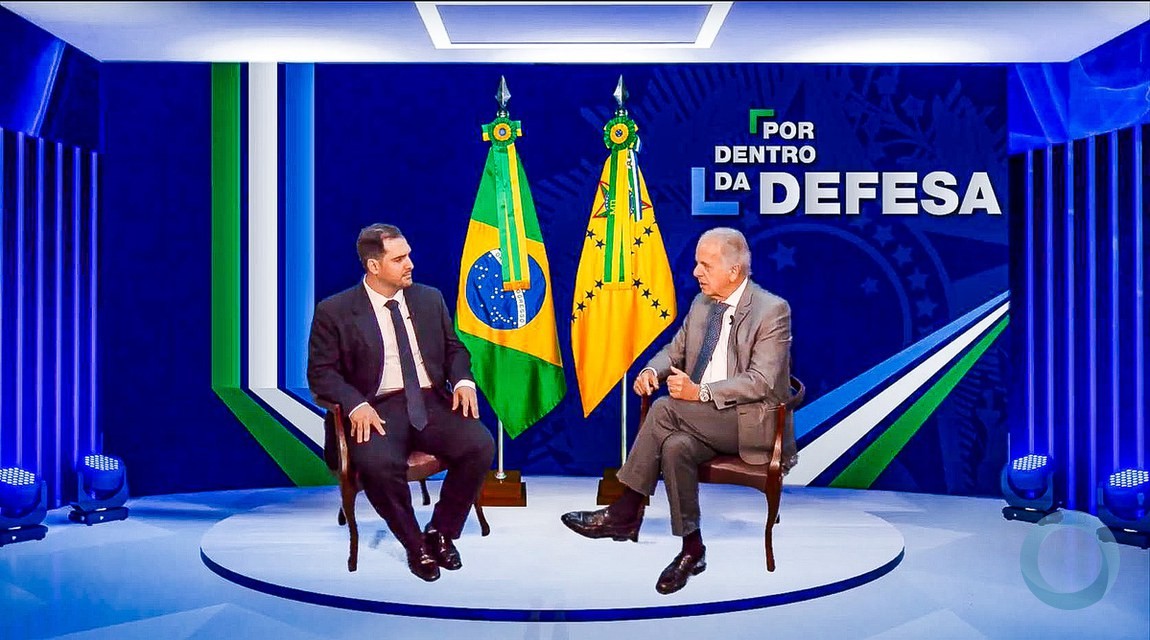DefsaNet
For Portuguese version
O QUE O EGITO LEVA COM A ESCOLHA DO RAFALE? Link
O Editor
What does Egypt get for choosing the Rafale
– Dassault’s fighter jet?
by Vianney Junior
Test Pilot / Aerospace & Defense Analyst

7 in 1
A fighter proven in four recent campaigns – Afghanistan, Libya, Mali and Iraq, the Rafale needs no introduction. Several articles and publications describe the models and specifications of the French fighter. We do not intend to write about what you probably already know. It is worth noting, though, that both single-seat and dual-seat aircraft retain the same dimensions and the same percentage of composites on their surface exposed to detection, at 70%. Here, we focus on testing the actual capabilities of the Dassault Rafale, which fits the AESA radar RBE2, and advanced MWS (warning of approaching missiles,) and complete incorporated FSO, (suite of optical sensors).
Our evaluations follow from the planning of the mission: a separate chapter for its practicality and versatility, to the digital debriefing. This helped us to understand the reason for the profound impact that the introduction of the Rafale has had. Dassault´s fighter has changed operational reality and its reflection in the chain of C4ISTR (Command, Control, Communications, Computer, Intelligence, Surveillance, Target Acquisition, and Reconnaissance) for the French Armed Forces.

The deployment of Dassault´s Rafale was rolled out in spite of the harsh reality of global budget reductions, but with surprising results: A decreased total number of fighter, reconnaissance, and attack aircraft, but with an increase in mission capacity and availability, with a considerable increase in efficiency. In all, seven different aircraft models with specific missions had their designations absorbed in the Rafale. To give you a better idea, consider the savings after the last remaining aircrafts are fully replaced, with a drastic rationalization of human and financial resources, in reason of the standardization of equipment and crews.
Like a Moving Dune – Adaptable for Changing Scenarios
The Rafale is what we might call "totally ergonomic,” since Dassault, following the DNA of the company, builds the aircraft around the pilot as the key element. The aircraft is drawn from the fingertips of those who command it. Obviously in just one week of operational tests and evaluations, I am far from an expert on the Rafale, but with the brief intensive instruction I received, I operated it with extreme ease. Dassault’s concept emphasizes the practicality and ease of switch, reset and run a wide range of missions on constantly changing scenarios, even during a single flight. I had the opportunity to mock-fight with a complex combination of weapons, where Rafale fulfilled various types of missions in a single sortie, simulating not only similar operations run by the French Air Force and Navy in Afghanistan, Libya, and Mali, but in a theater of operations against “stronger hostile forces, and even more prepared.”
The set of missions incorporated maritime attacks using the AM39 Exocet, with penetration at very low altitude, AASM attack (Armement Air-Sol Modulaire) on multiple simultaneous targets. Rapidly changing from planned targets to reassigned objectives, both at altitude and in low-level bombing including POP attack. Air superiority with BVR (beyond visual range) engagements and dogfights at short range, finishing by strafing opportunity targets with the Nexter 30M 791 cannon with 30mm shells.

Data Fusion
PCWRITE. This combination of "letters" appears in the lower left corner of the HLD – Head Level Display, giving a real-time and instant confirmation of which sensors are signaling at that moment. Each letter representing either the RBE2 AESA radar, the Infrared / Laser / TV Front-Sector Optronics (FSO), the internal system of electronic warfare SPECTRA EW, IFF (identification friend-or-foe), are merged into a unified and clear visual symbolism directly on the SA display (situational awareness), and that means keeping the pilot in the situational loop. Rarely (not witnessed at any time during our evaluations) would the pilot ever be unaware of the environment within the 360º “bubble” surrounding the aircraft.
The heart of this data fusion is the MDPU – Processing Unit Data Modules that comprises 19 LRUs (flight-line replaceable units), each providing a processing capacity up to 50 times greater than the previous generation of fighters. Translation: The pilot has a reduced workload, which enables him to act like a real tactical decision maker, rather than a mere sensor operator.
The key point of this data fusion is to overcome the limitations of any one particular sensor. For example, if it relies on waveforms, frequency, or infrared imaging, and the angle, distance, altitude, weather conditions or even a malfunction pose a limitation; other components supplement the formation of the big picture, situationally. The MDPU collects consolidated data from different sources based on various technologies, complementing, organizing and providing information through symbolism refined, reliable and unified.
DASSAULT, THALES, SAGEM (SAFRAN Group) and MBDA found their very own way to integrate the machine, sensors and weapons

The fact that Dassault holds an equity stake in the Thales Group was instrumental in the development of the RBE2 AESA – Active Electronically Scanned Radar, for the Rafale, with the speed and autonomy necessary for the viability of the French fighter program. This type of radar, whose transmitter and receiver are composed of numerous independent modules, allows detection in all-aspects: look-down and look-up, and tracking of multiple air targets, even outside the search area, in all weather conditions and even in an environment of interference and electronic countermeasures.
In addition to its clear advantage in air combat and vital and indispensable features in terms on today’s air superiority, the AESA radar provides privileged tactical situational planning, in both ground and maritime attack missions. During our simulated scenarios we employed the RBE2 EASA for real-time generation of three-dimensional maps for Terrain Following Flight mode, and for the capture of high resolution 2D maps for detection and identification of enemies in different environments, both urban and rural, and for designation and tracking of multiple targets on land and at sea.
Among other sensors, the combination of AESA radar with FSO – Front Sector Optronics, embedded in the nose, at the factory – developed by Thales and Sagem for the Rafale – made me feel very comfortable, especially for attesting that the rules of engagement could be easily followed, in terms of friend or foe clear ID. I was always confident in identifying targets to be attacked in the air, on the ground or at the sea, thanks to the automatic search and tracking integrated multi-sensor suite. Besides enabling us to execute the mission accurately, Rafale also gave us the ability to document, record, and evaluate, as a RECON.
Rafale’s claws

The MBDA MICA missile (Missile d'interception et de combat aérien) is now the main air-to-air armament of the Rafale – multi-target, all weather, and fire-and-forget. Extremely agile, thanks to TVC – thrust vector control, and its small size, unusual compared to similar missiles of short and medium range, MICA has demonstrated its effectiveness from approximately 500 meters to 60 kilometers. IR versions (imaging infrared homing seeker), and RF (active homing radar seeker), are both equipped with filters that reduce the effectiveness of countermeasures such as flares and chaff. The MBDA MICA is also able to lock-on after launch (LOAL), which means in practice that it will "permit" shooting out of sensor range missile, effecting the acquisition and lock on target after launch, and even a new target designation via aircraft-missile link.
As mentioned before Rafale data fusion can use visual information from MICA IR infrared seeker, processing and merging data, acting as an extra sensor, while aboard the aircraft rails.

Rafale and Mirage 2000 C RDI ready for take off in Istres Air Force Base
During our assessments, we performed BVR and WVR engagements with the Mirage 2000 C RDI, where we had the opportunity to confirm the combination of the sensibility of SPECTRA EW with the all-aspect launching and target acquisition of MICA IR. This allowed us to designate the target from any source (EM / IR / Laser Threat Detection – Electromagnetic Threat Detection / Infrared / Laser), when the security bubble around the Rafale was invaded, and to execute the missile launch “over the shoulder.” Over the shoulder means that a MICA can be fired at a target located at position six o’clock (behind the aircraft) without changing flight direction.
We have been awarded the privilege of accompanying the latest stage of development of the next air-to-air long range missile to be employed by the Rafale, the MBDA METEOR. The Meteor is driven by a ramjet, a jet engine that has no moving parts, simple and small, but with great speed, at more than Mach 4, and lethal at more than 100 km. We had access to simulator program integration, where the behavior of the new weapons were tested in conjunction with RBE2 AESA radar and other sensors that comprise the suite of data fusion of the Rafale and which guarantees a precise target acquisition and lock. We had the honor of performing some METEOR launches, which were recorded and added to the database of the development program and integration.
Peace of Mind at 900km/h, 20 meters from the ground and surrounded by bad guys
Pilot safety is safeguarded by various systems of the Rafale. Starting with the seat, a tilt of 29º distributes the gravitational effect, preventing G-Loc, even at 9Gs that Dassault’s fighter can pull without surpass the operational load factors parameters, in air-to-air mode. The GPW – Ground Proximity Warning, alerts by audible and visual signals, to avoid colliding with the ground when the attitude and altitude of flight correspond to an approach to the surface. If needed, a pre-programmed recovery system can be accessed by the pilot, and in the case of spatial disorientation, there is an "anti-spin” feature even though the Rafale has not shown any tendency to spin, even in the corners of the envelope. Nevertheless, once anti-spin switch is activated, the flight computers redirect the aircraft to a safe flight regime with wings leveled, 5 degrees of climb, and 350 kts. In the absence of reaction by the pilot, GPW will also automatically initiate a maneuver leading back to the leveling of the airplane’s wings and a positive attitude to climb.
If Rafale safety features prevents CFIT events (controlled flight into terrain), it is exactly on the low flight (close to the ground – hilly or flat – or water) that the fighter shows one of its greatest strengths. With a unique capability and clever use of what I call "guerrilla stealth,"

Terrain Following mode is much more than an aid to agile piloting at very low altitude. It acts as an extra pilot in the cockpit, since the security I felt in the fidelity of the system – which combines the redundancy of AESA radar and the digital database, leave us entirely focused on the tactical objective of the mission: namely, to deliver the "package" in the right place at the right time… and yet, track airborne targets and threats during the raid.
A Dainty Beast
The thrust-to-weight ratio and wing loading of the Rafale allows this "beast" to carry a payload of up to 140% of its own weight. All this "brutishness" did not detract from Rafale´s performance, verve, and flair, since its agility, acceleration, and flexibility of speed inside the envelope confirm a successful aerodynamic model. I was able to test Rafale’s finest handling characteristics entering a loop at low speed, starting at 190 kts, dropping to 128 kts, at the top, and spanning only 2,300 feet.
Docile but also with positive response controls, the impressive short landing of the Rafale even in a gusty day like that we’re flying, she landed safely in less than 650 meters, with 510 kg of fuel remaining, two MICAs and a supersonic external belly tank. By the way, “Rafale” is French for gust.

Author in French Air Force Base Istres
DefesaNet






